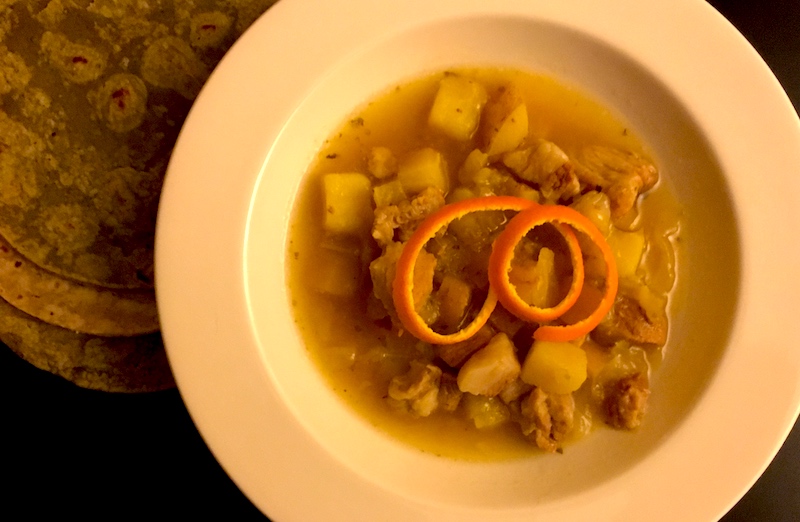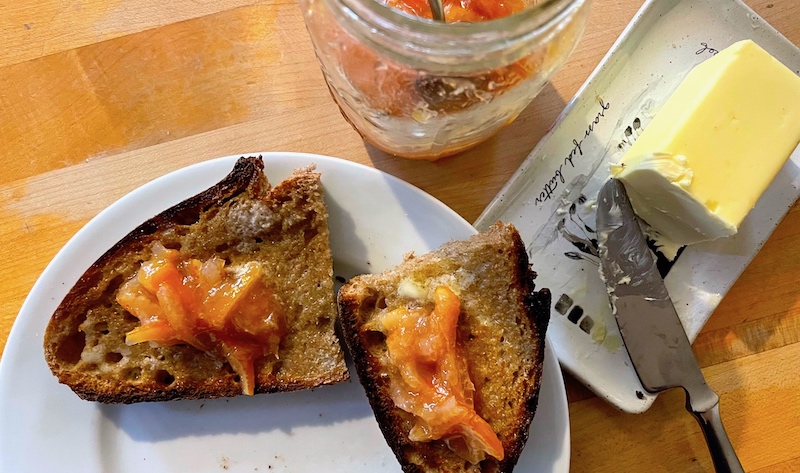
Make the Most of Citrus Season with Citrus Marmalade
While the occurrence of scurvy, a severe deficiency of vitamin C, has been relatively rare in the U.S. population during my lifetime, that never stopped my mother from bringing it up as she poured us our glass of orange juice made from frozen concentrate every morning alongside our cold cereal—Grape Nuts or Wheaties for me, Frosted Flakes or Cap'n Crunch for my brothers.
Here in the Pacific Northwest, most of our fresh citrus comes from California these days, aside from the rare hardy Meyer lemons that some regional growers are beginning to experiment with. And what a plethora, a symphony, a cacophony of citrus it is, from oranges—not just navels but cara cara, blood oranges, valencias and more—tangerines, tangelos and mandarins to lemons, limes, grapefruit, key limes and kumquats. Then there are the more rare but becoming-more-available bumpy-skinned makrut limes, kaffir limes and finger limes (a cheffy favorite with their tiny jewel-like beads inside), plus crazy yellow-fingered buddha's hands, yuzu, limequats and giant pomelos, to name just a few.
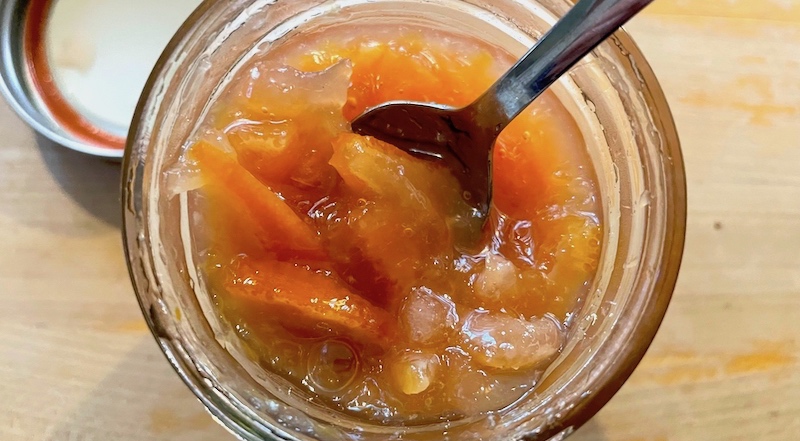 For me, the dark days in the depths of winter are brightened by their brilliant colors and sparkling flavor. I make a point of throwing together a batch of preserved Meyer lemons that will punch up everything from roasted vegetables to stews, salads and grain dishes. The last couple of years Dave has concocted a masterful citrus marmalade, combining a couple of recipes from the New York Times along with his own brushstrokes of genius.
For me, the dark days in the depths of winter are brightened by their brilliant colors and sparkling flavor. I make a point of throwing together a batch of preserved Meyer lemons that will punch up everything from roasted vegetables to stews, salads and grain dishes. The last couple of years Dave has concocted a masterful citrus marmalade, combining a couple of recipes from the New York Times along with his own brushstrokes of genius.
I think we're going to be safe from scurvy's scourge this year—Mom would be relieved.
Citrus Marmalade
2 blood oranges
1 navel orange
3 lemons
4 c. granulated sugar
1⁄4 c. fresh lemon juice
Wash the citrus well under warm running water. Using a sharp knife, slice off the top and bottom of the citrus so it sits sturdily on the cutting board. Halve the fruit top to bottom and remove any visible seeds. Lay the half on the cutting board and cut each half crosswise into 1/8-inch thick slices (white membrane and all), removing any seeds you might have missed.
Measure the volume of sliced fruit and place in a bowl. Cover with the same volume of water, keeping track of the amount of water you add. Cover with a lid or plastic wrap and let this sit for at least 8 hours and up to 24 hours in the refrigerator. (This will help extract the pectin slowly as well as soften the peels.)
Place a small plate in the freezer to chill. (You’ll use this later.)
Place the peels, fruit and water in a large pot. Add enough water to bring the total amount of water added to 6 cups and bring to a strong simmer over medium–high heat. Cook the citrus until the peels have begun to soften and turn translucent, and the liquid has reduced by about three-fourths, 40-50 minutes.
Add sugar and continue to cook, stirring occasionally. As the marmalade cooks and thickens, stir more frequently. Continue cooking until most of the liquid has evaporated, another 40-50 minutes.
As it cooks, the liquid will go from a rapid boil with smaller bubbles to a slower boil with larger bubbles. At this point it's important to stir constantly along the bottom of the pot to prevent scorching. (Be sure to watch out for splattering.) Add lemon juice and continue to cook.
To test the jam's thickness, take out the plate you put in the freezer and spoon some onto the chilled plate and let it sit on the counter for 1-2 minutes. Drag your finger through it—if the jam is done it will hold its shape and not be watery or runny. If not, cook a few more minutes.
Divide among jars, leaving 1/4 inch of space at the top, and seal immediately. You can preserve the jars in a water bath canner (follow directions on the canner), or allow to cool on the counter, then store in the refrigerator or freezer.
Top photo: Marmalade on Dave's homemade organic rye sourdough, a match made in heaven!
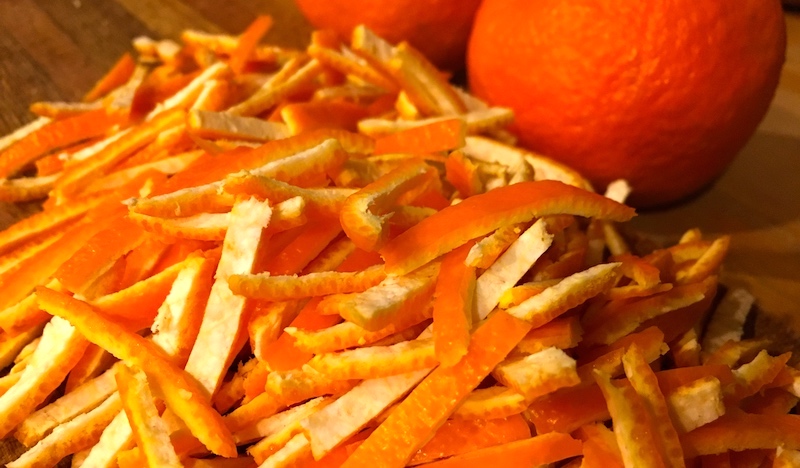
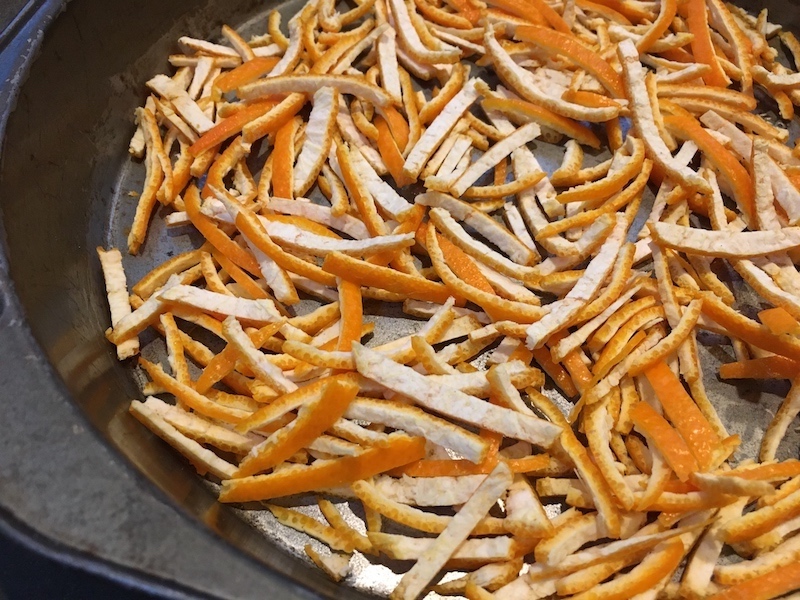 When I wrote recently about
When I wrote recently about 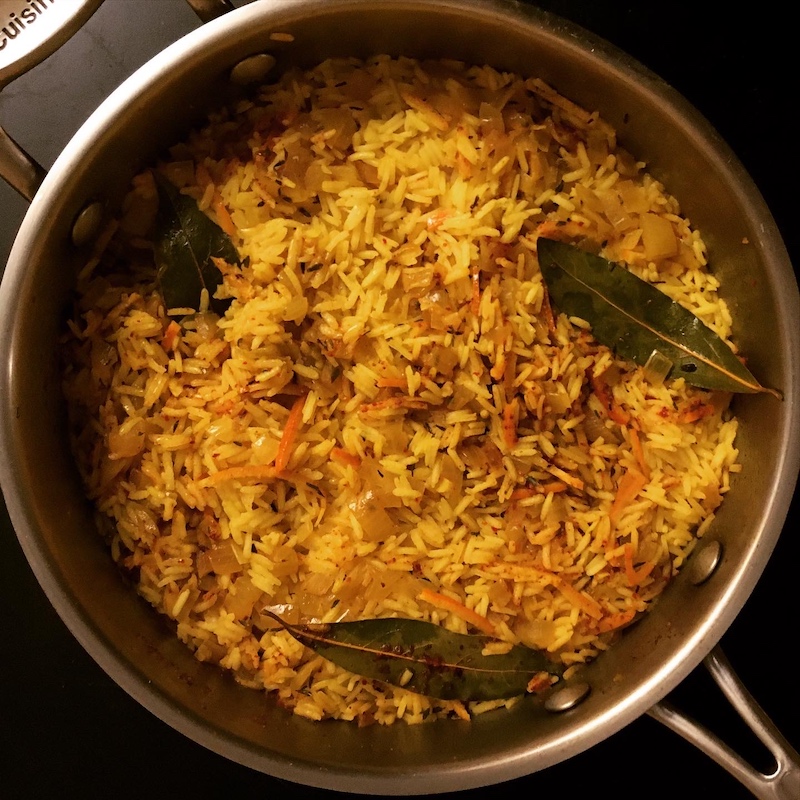 With thicker-skinned citrus like oranges and lemons it'd be best to just use the outer peels, since their pith can be bitter, though with thinner-skinned fruit like Meyer lemons and tangerines (and their small round cousins) you can use the whole peels. And of course I'd recommend only using organically grown citrus, since a wide variety of toxic chemicals and sprays are used on conventionally grown citrus trees and fruit.
With thicker-skinned citrus like oranges and lemons it'd be best to just use the outer peels, since their pith can be bitter, though with thinner-skinned fruit like Meyer lemons and tangerines (and their small round cousins) you can use the whole peels. And of course I'd recommend only using organically grown citrus, since a wide variety of toxic chemicals and sprays are used on conventionally grown citrus trees and fruit.